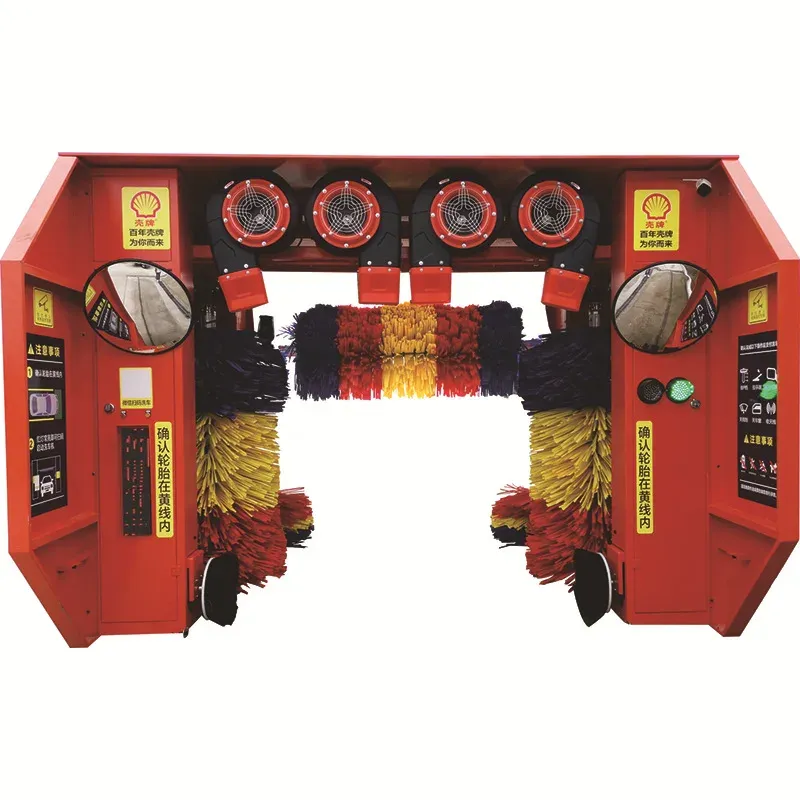
- Afrikaans
- Albanian
- Amharic
- Arabic
- Armenian
- Azerbaijani
- Basque
- Belarusian
- Bengali
- Bosnian
- Bulgarian
- Catalan
- Cebuano
- Corsican
- Croatian
- Czech
- Danish
- Dutch
- English
- Esperanto
- Estonian
- Finnish
- French
- Frisian
- Galician
- Georgian
- German
- Greek
- Gujarati
- Haitian Creole
- hausa
- hawaiian
- Hebrew
- Hindi
- Miao
- Hungarian
- Icelandic
- igbo
- Indonesian
- irish
- Italian
- Japanese
- Javanese
- Kannada
- kazakh
- Khmer
- Rwandese
- Korean
- Kurdish
- Kyrgyz
- Lao
- Latin
- Latvian
- Lithuanian
- Luxembourgish
- Macedonian
- Malgashi
- Malay
- Malayalam
- Maltese
- Maori
- Marathi
- Mongolian
- Myanmar
- Nepali
- Norwegian
- Norwegian
- Occitan
- Pashto
- Persian
- Polish
- Portuguese
- Punjabi
- Romanian
- Russian
- Samoan
- Scottish Gaelic
- Serbian
- Sesotho
- Shona
- Sindhi
- Sinhala
- Slovak
- Slovenian
- Somali
- Spanish
- Sundanese
- Swahili
- Swedish
- Tagalog
- Tajik
- Tamil
- Tatar
- Telugu
- Thai
- Turkish
- Turkmen
- Ukrainian
- Urdu
- Uighur
- Uzbek
- Vietnamese
- Welsh
- Bantu
- Yiddish
- Yoruba
Innovative Car Wash Tunnel Design for Enhanced Efficiency and Customer Experience
Designing an Efficient Car Wash Tunnel
Car wash tunnels have become an essential part of automotive care, providing an efficient and effective way to clean vehicles. The design of a car wash tunnel is critical, as it not only influences the cleaning process but also affects the customer experience, operational efficiency, and environmental impact. This article outlines key aspects to consider when designing a car wash tunnel that meets modern needs.
1. Layout and Flow
The layout of the car wash tunnel should prioritize smooth vehicle flow. The design should incorporate entry and exit points that allow for easy navigation. Vehicles typically need to enter the tunnel in a single line, so ample space should be allocated for stacking, especially during peak hours. A well-designed layout can minimize congestion, reduce waiting times, and enhance overall customer satisfaction.
The tunnel itself should feature a clear progression through different stages of the wash process, including pre-soaking, washing, rinsing, and drying. Each of these stages should be clearly defined with adequate spacing to allow for the safe and efficient movement of vehicles. Incorporating visual guidance, such as lights or signs, can further streamline the process, guiding drivers through each step of the wash.
2. Equipment Selection
Choosing the right equipment is crucial for effective cleaning and efficient operation. Automatic car wash machinery, such as brushes, nozzles, and dryers, should be selected based on the types of vehicles commonly serviced. Flexibility in the design allows for adjustment of equipment to cater to various vehicle sizes, from compact cars to larger SUVs.
In addition to physical equipment, it's important to consider water and chemical usage. Modern car wash systems increasingly use advanced technology to minimize water consumption and utilize eco-friendly cleaning agents. This not only helps in reducing operational costs but also addresses environmental concerns related to water usage and chemical runoff.
3. Water Management and Recycling
car wash tunnel design

A key element of a sustainable car wash tunnel is its water management system. Designing a tunnel that incorporates water recycling can significantly reduce overall water consumption. This involves collecting and filtering water used during the washing process to be reused in subsequent washes. Installing filtration systems allows for the removal of contaminants, ensuring that recycled water is safe and effective for cleaning vehicles.
Additionally, situating the tunnel in a way that captures rainwater can augment water supply, further promoting sustainability. The design can include storage tanks for rainwater, which can be integrated into the washing system.
Customer experience should be at the forefront of car wash tunnel design. While functionality is essential, creating a pleasant environment for customers can enhance their experience. Elements such as comfortable waiting areas, clear communication about the washing process, and options for additional services like detailing can attract and retain customers.
Incorporating technology, such as mobile payment systems and automated scheduling, can optimize customer interaction. Providing real-time updates on wait times and wash progress through visual displays can also improve the customer experience.
5. Safety Considerations
Safety must be a priority in car wash tunnel design. This includes ensuring that equipment is properly installed and maintained, as well as creating a safe environment for both employees and customers. Emergency shut-off buttons, clear pathways for pedestrians, and proper drainage systems to handle excess water are essential components of a safe design.
Conclusion
Designing a car wash tunnel requires careful consideration of various factors including layout, equipment selection, water management, customer experience, and safety. By focusing on these key elements, operators can create a car wash that is not only efficient and effective but also environmentally friendly and customer-oriented. As the industry evolves, innovative designs will continue to shape the future of car washing, meeting the changing needs of consumers and the planet alike.
-
Integrating Aqua Tunnel Car Wash in Shopping CentersNewsJun.24,2025
-
Gas Station with an Auto Car Wash MachineNewsJun.24,2025
-
Efficiency in Your Aqua Tunnel Car Wash: Power & Water-SavingNewsJun.24,2025
-
Car Wash Business with Advanced Auto Car Cleaning MachinesNewsJun.24,2025
-
Balancing Setup Costs with Aqua Tunnel Car WashNewsJun.24,2025
-
Aqua Tunnel Car Wash: Eco-Design for the Energy-Savvy EntrepreneurNewsJun.24,2025



